Author: Wang Yunpeng
Who is the “most hardworking” CEO at the auto show?
In the eyes of most industry media, this “honor” belongs to Thomas Ingenlath, the global CEO of Polestar.
Just like the Beijing International Auto Show at the end of September 2020, in order to participate in this year’s Shanghai International Auto Show, Thomas Ingenlath once again came to China in advance for quarantine. Counting it up, in the past 8 months, Thomas Ingenlath has been quarantined for a total of 28 days due to participating in domestic auto shows.
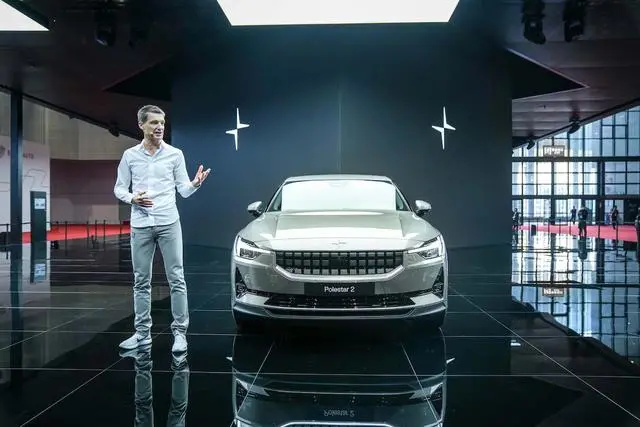
However, behind this artist who has more than 20 years of experience in the automotive industry and is hailed as the “most hardworking” CEO in the automotive industry, is Polestar’s lack of competitiveness.
In August 2020, Polestar officially stated that it would sell the Polestar 2 in the Chinese, European, and US markets, with a target of selling over 50,000 units per year within 2-3 years. However, the fact proves that Polestar’s target is too idealistic. According to data from the China Automotive Technology and Research Center’s Data Resource Center, the cumulative number of Polestar models insured in the Chinese market in 2020 was only 365, which is far inferior to first-tier and second-tier luxury brands such as BBA, Lexus, and Cadillac, and is also far behind new forces in the car-making industry such as Tesla, NIO, and XPeng, ranking at the bottom of the 2020 luxury brand insured amount ranking list.
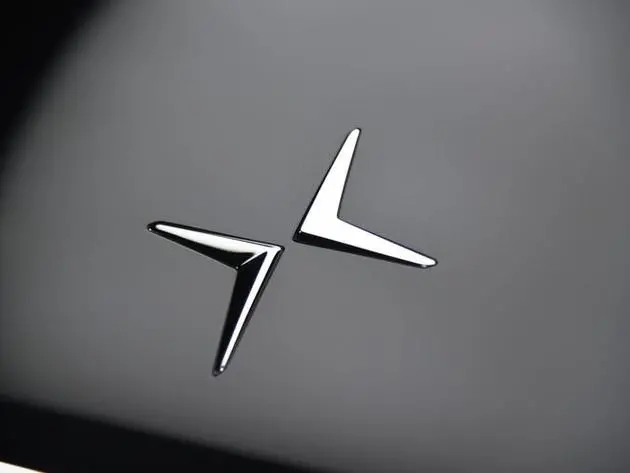
Moreover, since the beginning of this year, there have been reports that “Polestar’s first model, Polestar 1, may be discontinued after 2021.” If the news is true, Polestar’s product line, which is already lacking, will be further in trouble.
Who is Polestar?
For ordinary consumers who are not Volvo fans, they may not know who Polestar is.
Looking back at the development history of the Polestar brand, it once had a very sweet story with Volvo. The English name of the Polestar brand is Polestar, which means the northernmost star in the sky, the North Star, so sometimes this brand is directly referred to as the North Star.
But in 2005, Polestar had another meaning, which was the new name of the famous Swedish touring car championship team Flash Engineering.
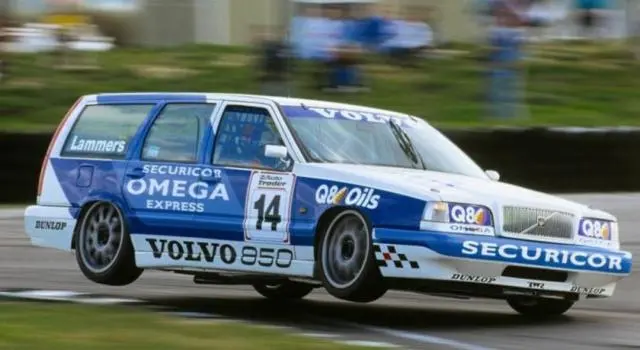 In 1996, under the influence of the British Touring Car Championship (BTCC), Sweden began to hold its own touring car championship – STCC (Swedish Touring Car Championship).
In 1996, under the influence of the British Touring Car Championship (BTCC), Sweden began to hold its own touring car championship – STCC (Swedish Touring Car Championship).
In that year, Swedish driver Jan Nilsson formed his own team: Flash Engineering. In the first STCC, as the owner and driver, Jan Nilsson drove the Volvo 850 Super Touring and successfully won the championship.
Thereafter, the Flash Engineering, which is both a team and an automotive modification company, began to cooperate deeply with Volvo and played the role of a pioneer on the brand’s racing track.
In 2005, Flash Engineering officially changed its name to Polestar Racing Team.
It is worth mentioning that after the rebranding, Polestar not only became Volvo’s racing pioneer, but also its performance car supplier.
In 2011, the Volvo C30 Polestar racing car, equipped with the new “Drive-E” engine, made its debut in the WTCC (World Touring Car Championship) and won the championship trophy. Since then, with the release of the more powerful S60 and the consecutive three-year championship in STCC from 2013 to 2015, Polestar has become famous in the Nordic racing world.
In addition, “87 pole position honors, 93 fastest lap times, 96 championships, and 212 podium finishes…” and many other honors, have not only made Polestar the most successful team in STCC history, but also made it a label of “racing and performance”.
Thanks to Polestar’s outstanding performance on the track, Volvo, which has been lacking a high-performance brand, acquired it. In 2009, Volvo announced that Polestar became its racing and performance car development department. In July 2015, Polestar was fully acquired by Volvo. In 2017, Polestar became a high-end new energy automotive brand jointly owned by Geely Group and Volvo, and released its first high-performance hybrid model, Polestar 1, that year.
In July 2020, Polestar’s second model, Polestar 2, was officially delivered in China. The model was built on the CMA architecture and positioned as a luxury pure electric mid-size car.When the independent Polestar brand was first launched, industry analysis believed it to be an important step for Volvo to improve its own brand image. This is because creating high-performance cars as an independent brand has been a proven strategy in the development of luxury cars such as BMW, Mercedes-Benz, and Audi. For example, Audi RS, BMW M, and Mercedes-Benz AMG have become powerful technological endorsements for their respective brands.
In addition, against the backdrop of continuously decreasing prices for entry-level luxury cars, luxury brands are still pushing towards the high-end in order to maintain their image. Furthermore, high-performance cars can give luxury brands more connotation and emotional elements, and create strong fan effects.
It is worth mentioning that at the time of independence, Polestar adopted a strategy opposite to that of BBA by no longer investing in fuel-powered cars, but rather focusing on the new energy market. Therefore, Polestar is considered one of the luxury brands that entered the pure electric vehicle market early.
In October 2017, Geely and Volvo jointly invested, making Polestar an independent brand and officially launching its first model, the Polestar 1. Thus, Polestar became the first foreign high-performance automotive brand manufactured in China.
Public information shows that from the beginning, Polestar aimed to surpass Tesla, and it proclaimed so publicly.
At that time, Polestar’s independence caused widespread attention in the industry due to its dual endorsements from Geely and Volvo.
Unfortunately, Polestar’s “star power” did not continue to shine. In the past four years, with the localization of Tesla and its increasing sales, and with new carmakers such as NIO, XPeng, and Ideal having established themselves, Polestar has remained at the beginning of its story.
Looking back at Polestar’s performance in the high-end pure electric vehicle market, describing it as “slow” is not an understatement. Specifically, after two years of independent branding in October 2019, Polestar’s first retail experience store began operation. As of now, Polestar has less than twenty experience stores nationwide.
Polestar’s slow pace is also reflected in its product planning and production capacity. Currently, Polestar, which has been independent for almost four years, only has two models, with Polestar 2 being the only volume model. In terms of production capacity, the speed of planning and construction of the Chengdu production base is far behind other brands. The planned production, originally scheduled for 2018, did not begin until August 2019. Even Polestar 1, the first model, was not delivered to the first 50 Chinese owners until March 19, 2021.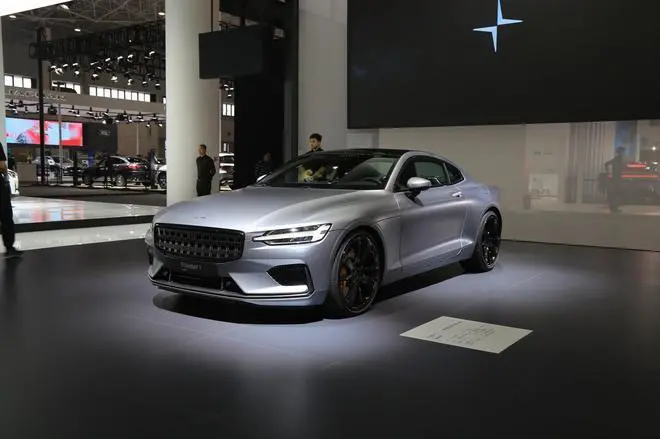
In addition, the confusion in product positioning is also a crucial reason why Polestar cannot continue to “shine”. “Firstly, it released the Polestar 1 with a price tag as high as 1.45 million yuan, positioning it in the niche market for high performance, and then released the Polestar 2 with a minimum price of 290,000 yuan, which overlaps with the price range of Model 3.” In the opinion of automotive analyst Zhang Xiaoliang, the confusion in Polestar’s product positioning, with it being neither high-end nor low-end, will make it more difficult for Polestar to expand its future products.
In terms of marketing strategies, while BBA and new carmakers each focus on luxury, high performance, long battery life, intelligent networking, and autonomous driving technology as selling points, Polestar highlights “Volvo endorsement” and “Geely CMA architecture”. Although CMA architecture is indeed a highlight for Geely, for Polestar, positioned as an “independent high-end performance new energy brand”, it is more of a drag.
The result of product scarcity, vague positioning, low-key marketing, and narrow channels is a sluggish sales volume. Data shows that in 2020, Polestar had only 365 insured vehicles, and in the first quarter of 2021, cumulative sales volume was only 74.
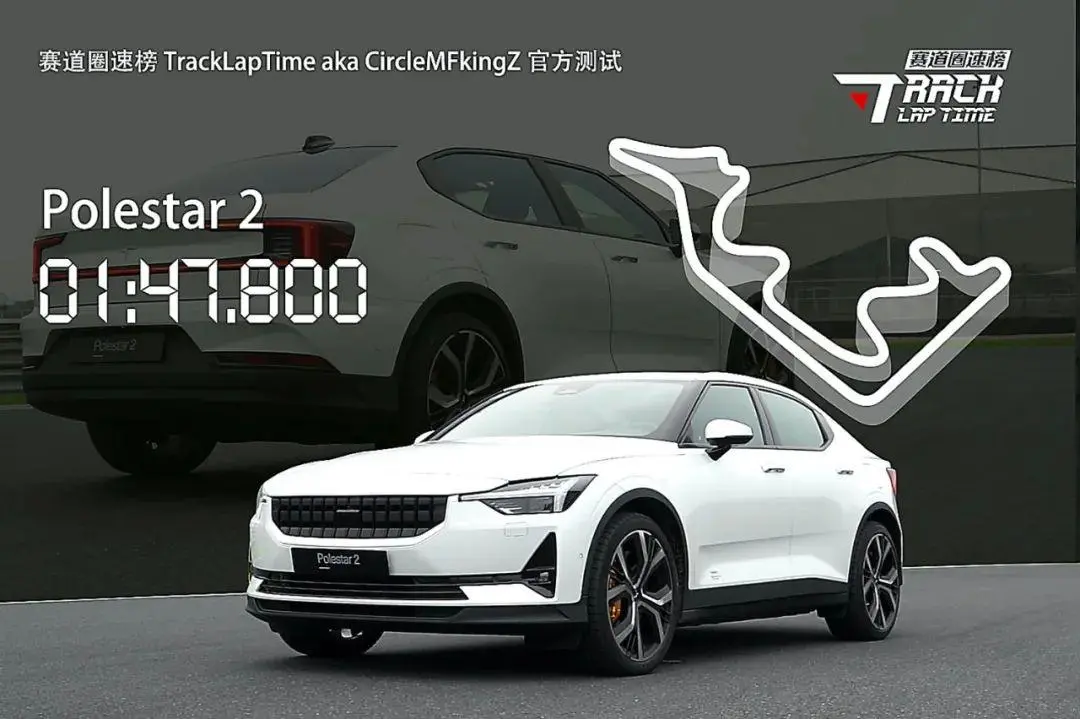
In contrast, Tesla, which Polestar claims to be a competitor, completed the production and delivery of Model 3 within less than a year after entering China, and even won the sales championship in the high-end pure electric vehicle market in China.
Unfortunately, in October and November 2020, Polestar initiated two recalls for quality issues with the Polestar 2, dealing another blow to a weak brand.
It can be said that Polestar, which entered the market earlier, is no longer comparable to leading new carmakers such as Tesla, NIO, and Xpeng in terms of brand awareness and market influence.
Change of leadership every 4 years
Perhaps it is precisely because of Polestar’s sustained darkness that its “top leader” position in China has changed hands several times in the nearly four years of its independent operation.
Among them, the first CEO of Polestar China, Shen Feng, left for NIO after only a month in office. Subsequently, this position was held by the Polestar chairman. Three months later, Wu Zhenhao, former vice president of the Asia Pacific Product Department of Volvo Car Group, took over as the CEO of Polestar China.
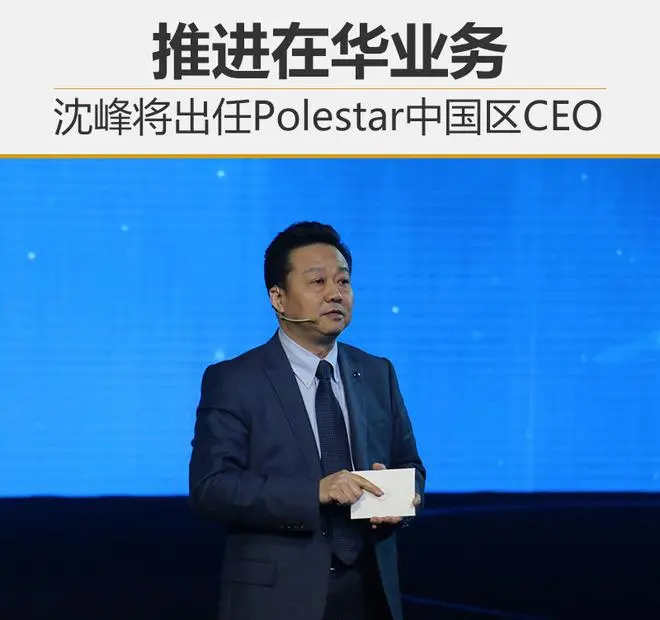 It is worth mentioning that Wu Zhenhao served for 2 years, but Polestar did not make a big wave in the domestic market except for slow progress in construction of Chengdu production base, product mass production, retail network construction, and slow progress in naming the Polestar brand in Chinese.
It is worth mentioning that Wu Zhenhao served for 2 years, but Polestar did not make a big wave in the domestic market except for slow progress in construction of Chengdu production base, product mass production, retail network construction, and slow progress in naming the Polestar brand in Chinese.
In October 2017, the Polestar brand became independent. However, it was not until the launch and pre-order of the Polestar 2 “First Edition” in April 2019 that the brand announced that its Chinese name would be “Ji Xing Qi Che”.
Meanwhile, Polestar’s competitor Tesla had already begun its sprint in the Chinese market. In 2019, Tesla completed construction of the Shanghai Super Factory and delivered the first batch of Model 3s. In 2020, Tesla’s cumulative sales exceeded 110,000 vehicles, revenue exceeded RMB 43 billion, and more than 180 offline experience stores were established.
Polestar’s unhappy situation in the Chinese market inevitably caused dissatisfaction among shareholders. In January 2020, it was reported that Li Shufu, Chairman of Geely Holding, expressed dissatisfaction with the development of Polestar in the Chinese market when he went to Gothenburg to attend the Volvo Board meeting.
Although the rumors were not confirmed at the time, in late February of the same year, the leak of Wu Zhenhao’s email being transferred raised some speculation. On March 2, 2020, with the announcement that Volkswagen Group (China)’s marketing veteran Gao Xiang would serve as President of Polestar China, the rumors of Wu Zhenhao’s transfer were confirmed, as well as the rumor of “Li Shufu’s dissatisfaction”.
However, the fact proved that Polestar’s problems cannot be cured by simply changing CEOs. In March this year, Polestar announced that “Gao Xiang will resign as President of Polestar China for personal reasons”, and Nathan Forshaw would be responsible for Polestar’s China and Asia-Pacific business, reporting to Polestar CEO Thomas Ingenlath from April 1.
Facing the actual situation of product shortages, unclear positioning, and poor sales, whether Nathan Forshaw, the new leader, can make Polestar shine in the domestic market is still unknown.
Is there still a chance?As a representative model of Polestar, the official guide price for Polestar 2 is from 252,800 to 4.18 million yuan. If it were 2017, Polestar 2 might still have plenty of room to grow. However, in the current market, which has become increasingly crowded in this price range, the competitiveness of Polestar 2 can be seen from its cumulative sales of only 74 in the first quarter of this year.
It is worth mentioning that as the high-end new energy car market becomes more and more crowded, Polestar’s days may become even more difficult.
At present, almost all mainstream traditional car companies are making efforts in the high-end new energy market. Taking independent brands as an example, new forces in car manufacturing such as NIO, XPeng, and Li Xiang have already gained a foothold in the market at the 400,000 yuan level. As for traditional brands, Beiqi has launched the Ji Hu, SAIC has launched the Zhi Ji, and Dongfeng has launched the Lan Tu, and these brands are also targeting the pure electric market of 300,000 yuan and above.
In addition to the pressure brought by traditional mainstream car companies and new car manufacturing forces, Polestar may also face pressure from its “parent” company. On April 15th, Geely Automobile Group released a brand new brand — Ji Ke.
Public information shows that the Ji Ke brand is positioned as “focusing on the research and development of intelligent electric travel forward-looking technology, building an intelligent automotive ecosystem, creating the trend of life with technology, and realizing the depth integration of user ecology and industrial ecology to create the ultimate experience for users”. It is a major part of Geely’s “Blue Geely Action Plan Phase II”.
In the view of industry insiders, both the Ji Ke 001 and the Polestar 2 are car models benchmarked against the Tesla Model 3, and are highly likely to compete in the future. However, in terms of range and intelligence, Polestar 2 does not have the advantage.
Faced with internal and external issues, Polestar also hopes for change. “Currently, the entry time for various Asia-Pacific markets is still in the early planning stage, but the recruitment of key personnel has begun. We not only seek rapid development, but also confirm our organizational and process capabilities. No matter which market the user comes from, Polestar will provide consistent and sincere service,” said Nathan Fleetwood, newly appointed head of Polestar China and Asia Pacific.
In addition, according to Polestar’s plan, a pure electric SUV model, Polestar 3, will be launched in the future to enrich the product line and enhance market competitiveness.In the face of weak brand influence, sales channels, and marketing efforts, how much longer can Polestar hold on in the Chinese market? Will the launch of Polestar 3 bring a turn for the better or remain an unknown factor?
“The major issue at this stage for Polestar is its low brand awareness. In terms of marketing and promotion, there are too few experience stores with relatively small scale. In the fierce market competition, it faces challenges in breaking through,” said automotive analyst Zhang Xiang.
This article is a translation by ChatGPT of a Chinese report from 42HOW. If you have any questions about it, please email bd@42how.com.